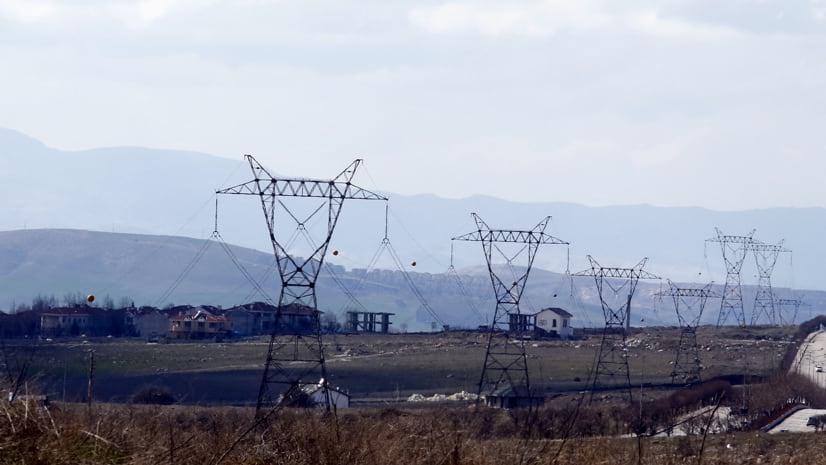
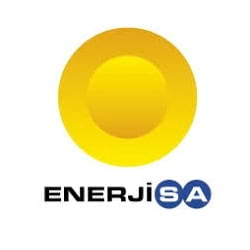
The normal process for supplying a refugee camp without GIS would be at least three months. We did it in two weeks.
November 12, 2019

The Turkish utility, Enerjisa Electricity Distribution Companies, faces unique challenges—a demographically diverse population spread out across varying climates and topographies and an influx of Syrian refugees. To meet growing energy demand and keep the system balanced across the country, utility operators need to know the existing situation in the field.
One out of every four people in Turkey uses electricity provided by Enerjisa DC—totaling 21 million people across three regions covering 14 cities with a network that spans 110,000 square kilometers. Given the coverage area’s drastic differences in climate, terrain, and demographics, it’s as if the utility serves multiple countries.
Agricultural land makes up almost 50 percent of Turkey. These rural regions mostly use full electrical capacity three months out of the year—primarily leading up to and during harvest season. The rest of the time, they consume far less power, so Enerjisa DC opted to build overhead lines instead of expensive underground cables since it was more cost-effective to invest in above-ground infrastructure. But due to harsh weather conditions in some of the more remote regions, utility field crews must constantly monitor and maintain the network.
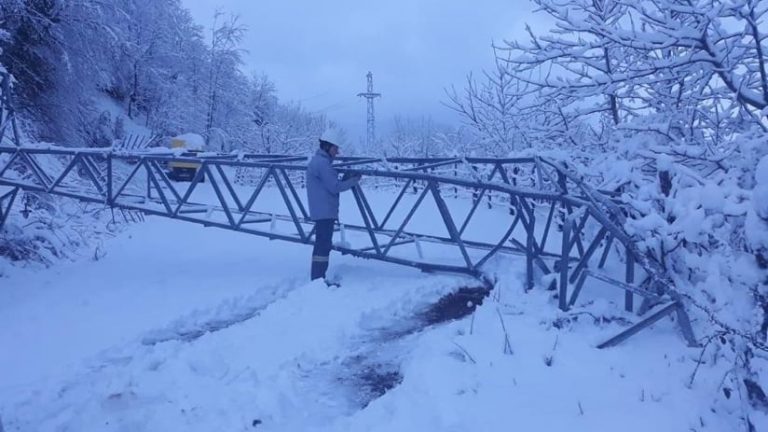
Solving a Geographic Dilemma
Six years ago, the utility started using smart maps, made with geographic information system (GIS) technology, to efficiently manage operational workflow in remote and difficult to access places. Operators also used GIS analysis to plan their investment decisions for the growing needs of an expanding and changing population. The task of supply continuity and delivering consistent electricity to critical places like schools and hospitals made it necessary to implement changes to the system. Enerjisa DC needed situational awareness of its entire network.
The utility had to maintain continuous operation, withstanding disruptions to its infrastructure. Enerjisa DC employs more than 6,500 field staff for asset maintenance, repair, and outage resolution. For these operations to function at scale, the crews need remote digital applications. The company started using GIS apps to collect data in the field and upload it back to the office. All the information Enerjisa DC uses has been transformed into structured data that is accessible to personnel across the distribution region.
“Previously, we had to physically go into the field every time we had to check for faults or outages,” said Murat Pinar, CEO at Enerjisa Energy Inc. “Now, the actual number and locations of customers affected by outages, as well as the duration and frequency of interruptions, can be analyzed and reported faster and more accurately.”
Utility operators call on those same smart maps to visualize asset status without sending staff into the field. When the weather gets intense or terrain is rough, the utility can still provide uninterrupted service. This transformation to situational awareness made Enerjisa DC uniquely equipped to meet a daunting and unexpected supply challenge—a sudden increase in customers.
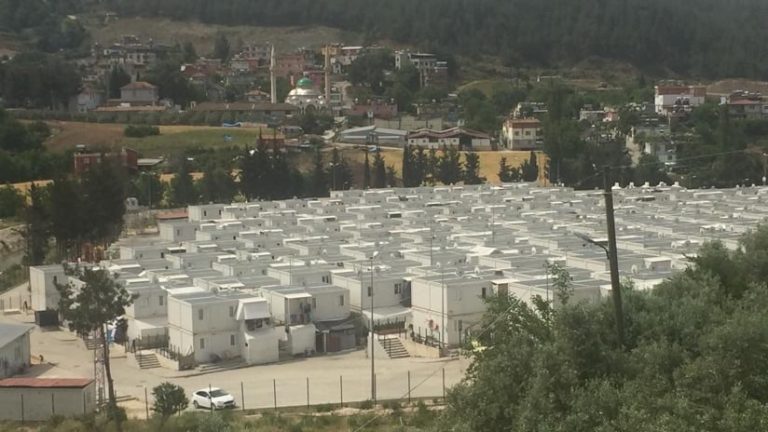
A Rapidly Changing Demography
An influx of refugees who migrated from Syria into Turkey added 3.6 million people to the country’s population, resulting in an unexpected increase in energy demand. About 1.5 million refugees now live in the areas served by Enerjisa DC. Operators relied on real-time situational awareness of asset condition and status to serve the refugees living in camps near the Syrian border. They are also using these capabilities to serve existing customers throughout the diverse regions they cover.
“We serve the Toroslar region where most of the refugees are located, but the other areas have totally different issues,” said Pinar. “In the metropolitan AYEDAS region, where the Anatolian Side of Istanbul is located, a single service interruption impacts 10,000 people. How can you deal with that many people? So now, we are able to send SMS texts that contain information on the reason for the power outage, and when we will able to provide electricity again: ‘We have heard about your problem. We will solve it in two hours,’ for example.”
The fact that Enerjisa DC has managed to ensure service has had a hugely positive impact, since some communities could not take consistent electricity for granted in previous years.
“The success for us is that now a 9-year-old girl can arrive safely home from school after nightfall,” continued Pinar. “That responsibility to provide continuous and quality energy supply belongs to us now.”

The normal process for supplying a refugee camp without GIS would be at least three months. We did it in two weeks.
Digital and Cultural Transformation
Turkey’s national energy sector was fully privatized by 2013 and Enerjisa DC became a leader in the sector. The company has used recent changes as an opportunity to innovate its operations in a holistic way. In 2016 the utility started the “Wings Up” program, which aims to foster balance and equality among female and male employees at Enerjisa DC.
Pinar believes that fostering a more inclusive, supportive working environment makes Enerjisa more competitive as well.
“A real sense of affiliation among employees is the challenge we faced when the company first privatized,” said Pinar. “Most of the old state-run utility’s employees were subcontractors, and subcontractors just focus on efficiencies because a sense of affiliation tends not to drive their professional priorities. So, we, as an employer, make their life and prosperity our highest priority. The safety and security of these people in the field are of [the] utmost importance for us. If you can’t get engaged people on your team, you will never have sustainable earnings as a company.”
Learn more about how utilities manage their networks using GIS.

June 14, 2017 |
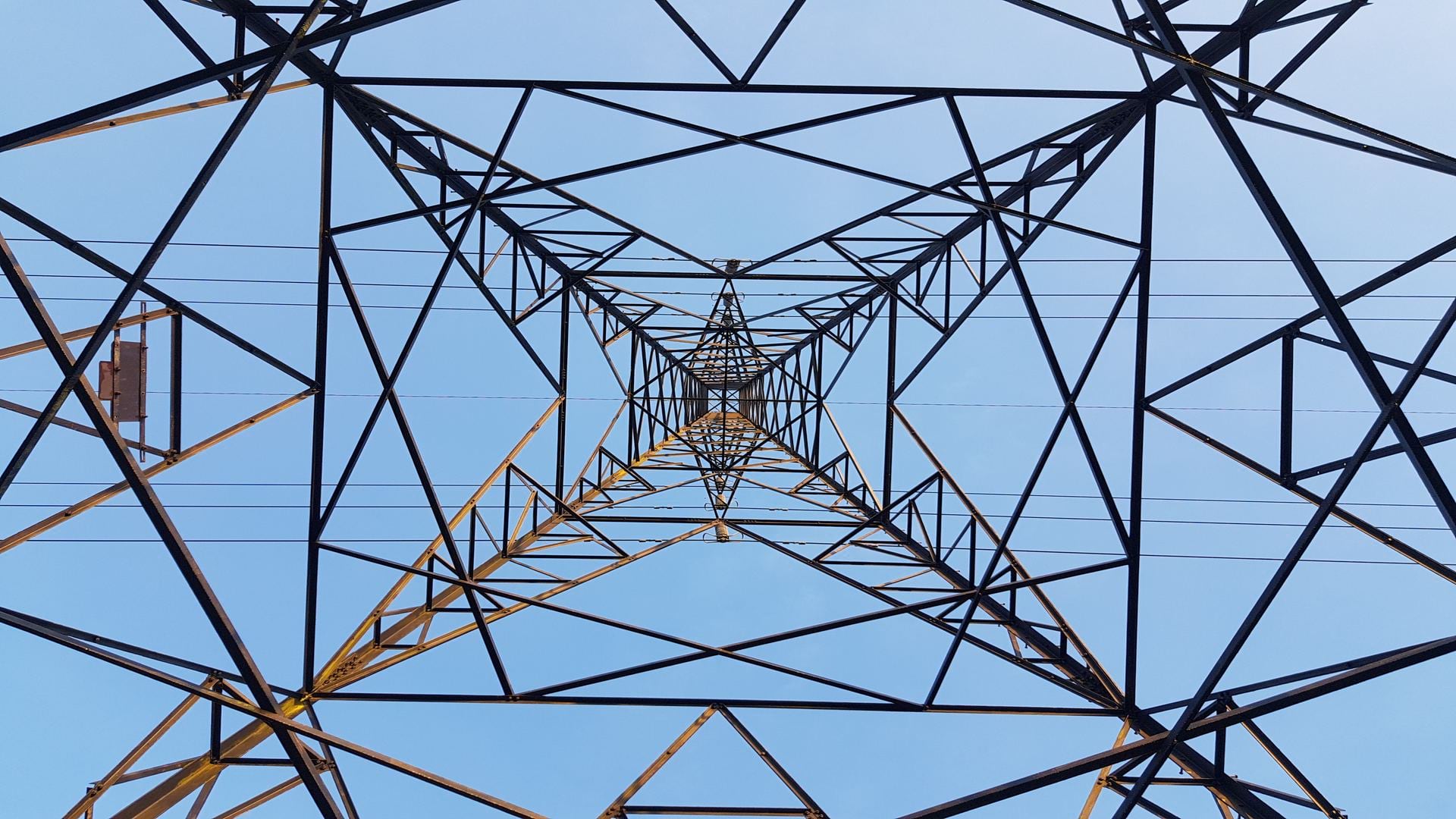
March 27, 2019 |
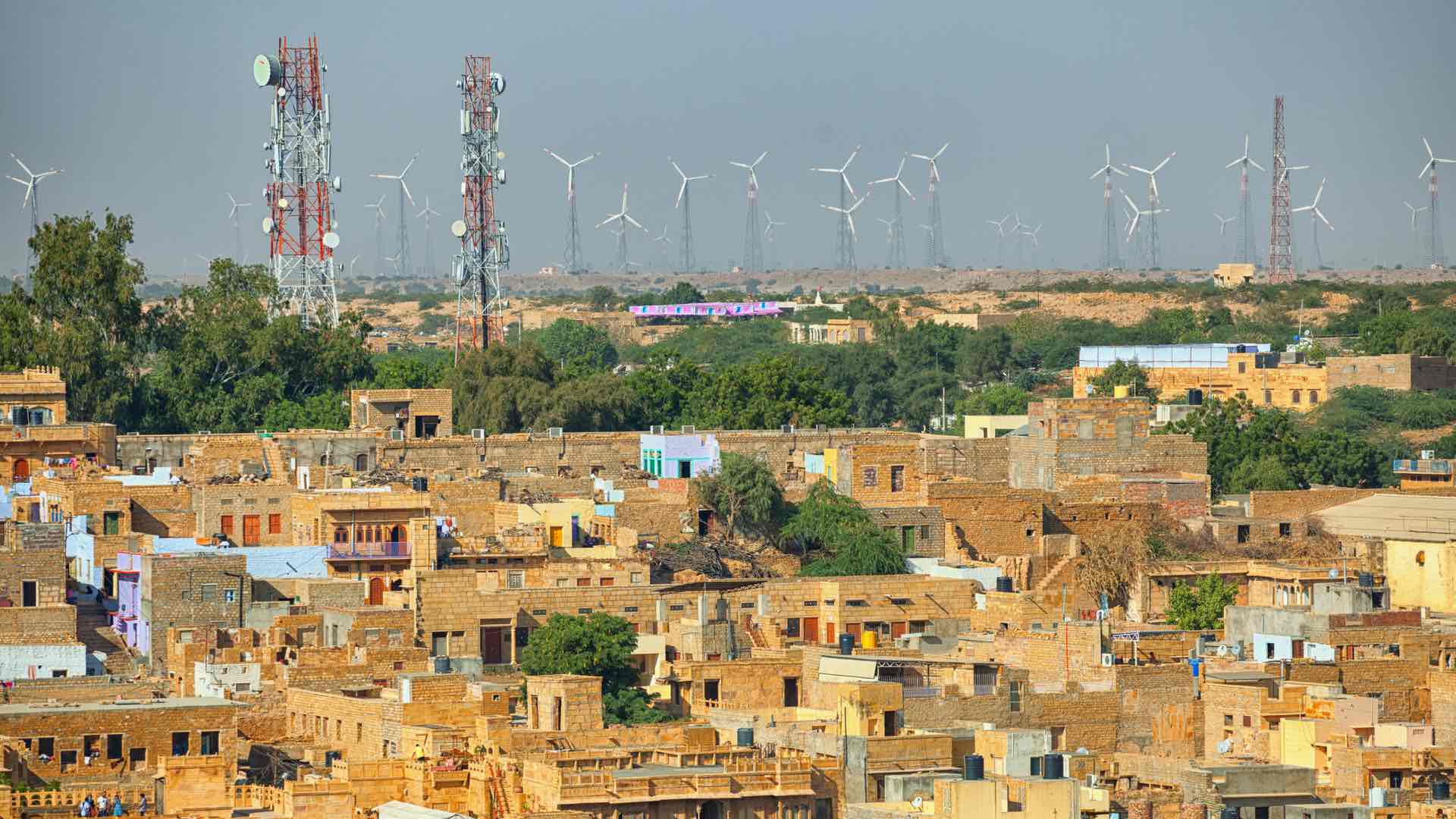
October 16, 2019 |